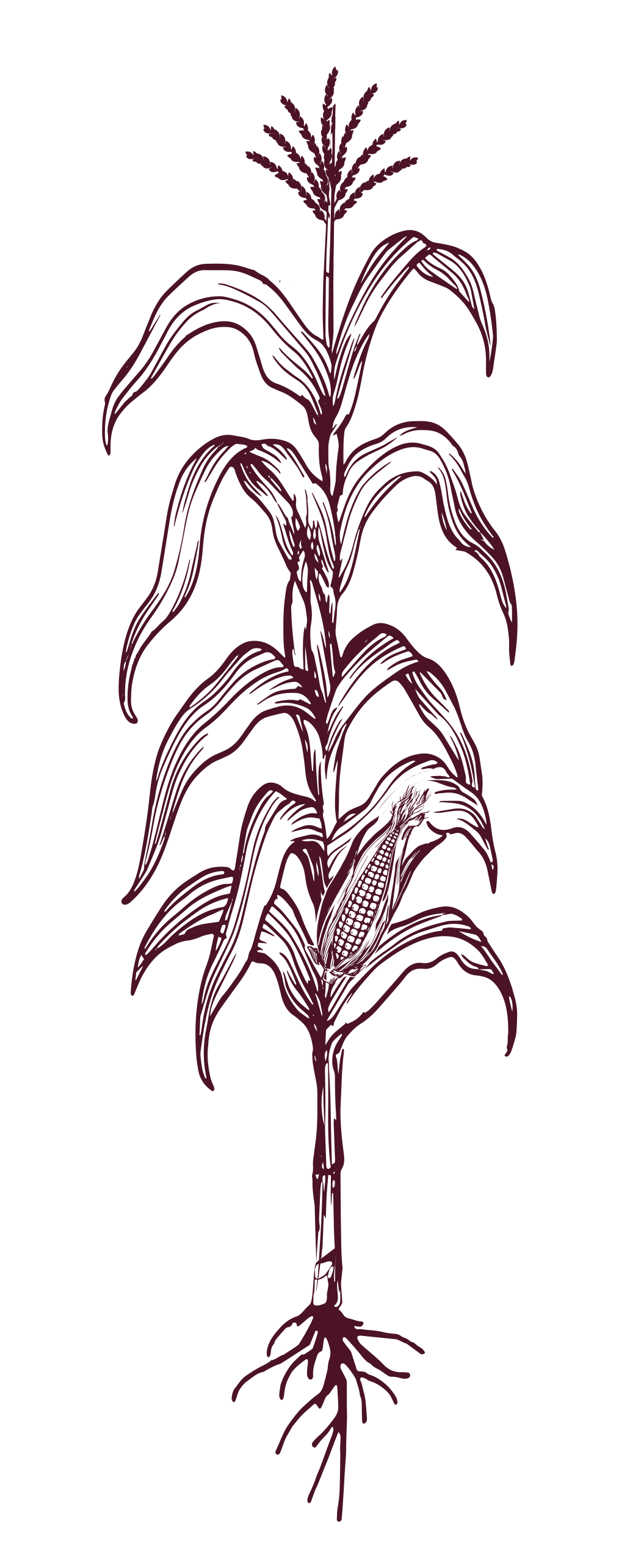LG
44C27

94 RM
LG
44C27
94
RM
SILAGE
- Good results in 2018 silage trials from University of Wisconsin and Michigan State University.
- High milk per ton results support the quality aspects of this silage product's performance.
- Tall, robust plants have excellent standability.
- Silage yields appear to be higher in the Northern areas of its adapted maturity.
- Widely adapted across soil types and yield environments, and exhibits good drought tolerance.

Mid
Flowering
Flowering
Medium-tall
Plant Height
Plant Height
Medium-high
Ear Height
Ear Height
Semi-flex
Ear Type
Ear Type
Very Good
Stalk Strength
Stalk Strength
Very Good
Root Strength
Root Strength
Characteristics







Management







Disease Tolerance






SILAGE RATINGS










Growing Degree Days (GDD)
Pollen:1240 | Silk: 1220 | BlackLayer: 2388
Planting Rate: 28-38,000 Plants per Acre
1. Milk/Ton ranks potential to produce milk per ton of silage
2.Milk/Acre ranks potential milk production per acre of silage and combines milk/ton with dry matter yield











